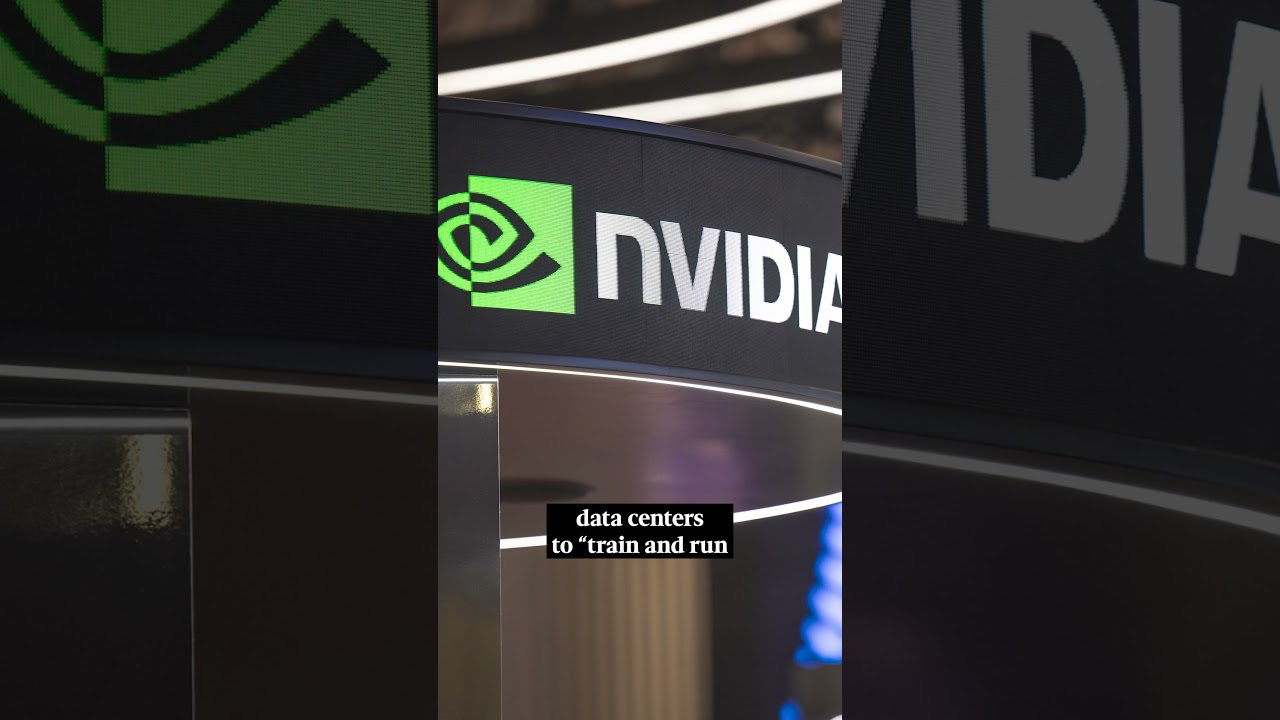AMD has secured a multi-billion dollar deal with OpenAI to deploy 6 gigawatts of its AI chips, starting with 1 gigawatt of Instinct Mi450 GPUs next year, marking a major step to challenge Nvidia’s dominance in AI hardware. This partnership not only boosts AMD’s competitive position but also helps OpenAI diversify its hardware suppliers amid Nvidia’s ongoing collaboration with Intel and planned $100 billion investment in OpenAI.
AMD has announced a new multi-billion dollar deal with OpenAI, marking a significant move to challenge AI leader Nvidia. This announcement comes shortly after Nvidia and Intel revealed plans to collaborate on custom data center and consumer chips that integrate Intel’s CPUs with Nvidia’s GPUs. Nvidia also disclosed its intention to acquire around $5 billion worth of Intel shares, a deal that has caused AMD’s shares to drop due to concerns over its competitive position.
Historically, AMD and Intel have been the only companies licensed to manufacture x86 chips, the architecture that powers most desktops, servers, and laptops worldwide. The Nvidia-Intel partnership threatens to disrupt this dynamic by enabling Nvidia’s GPUs, which are crucial for AI applications and graphics-intensive tasks, to be closely integrated with Intel’s x86 CPUs. This integration could potentially erode AMD’s competitive advantage in the chip market.
In contrast, Nvidia recently announced plans to invest $100 billion in OpenAI, aiming to provide at least 10 gigawatts of Nvidia systems for OpenAI’s AI data centers to train and run next-generation AI models. However, this deal is still in the preliminary stages, with only a letter of intent signed between Nvidia and OpenAI. The first deployments under this agreement are expected to come online in the second half of 2026.
AMD’s deal with OpenAI involves the deployment of 6 gigawatts of AMD’s AI chips, starting with a 1 gigawatt deployment of its Instinct Mi450 GPU next year. This partnership represents AMD’s most significant win in its efforts to compete with Nvidia’s dominance in the AI chip sector. Additionally, it helps OpenAI diversify its hardware suppliers and reduce its reliance on Nvidia’s GPUs.
While neither AMD nor OpenAI disclosed the exact financial terms of the deal, AMD indicated that the partnership is expected to generate tens of billions of dollars in revenue. This collaboration underscores the growing competition in the AI hardware market and highlights the strategic moves companies are making to secure their positions in this rapidly evolving industry. For more details, viewers are encouraged to check the article linked in the video description.
